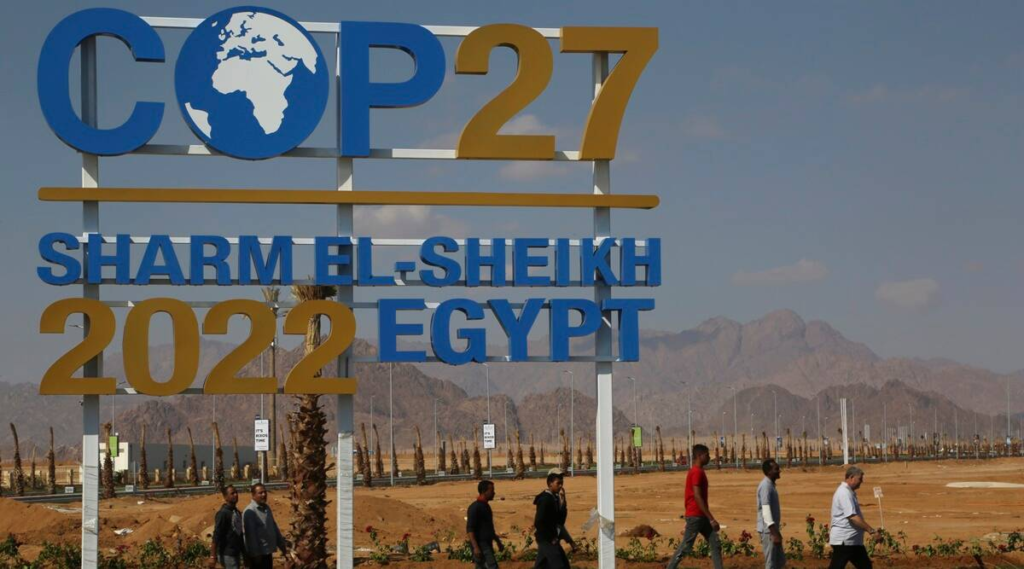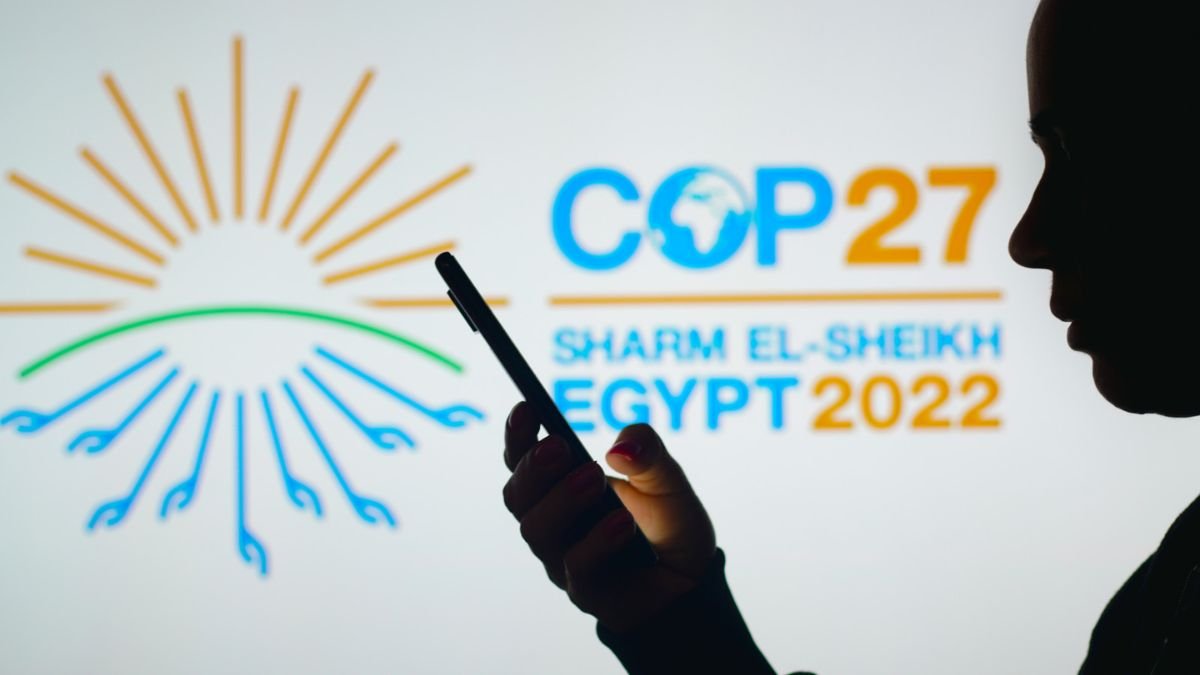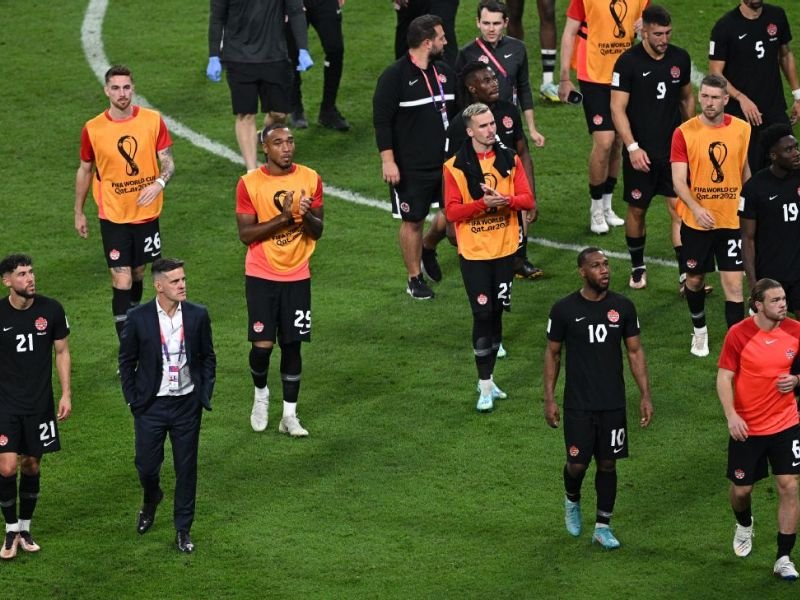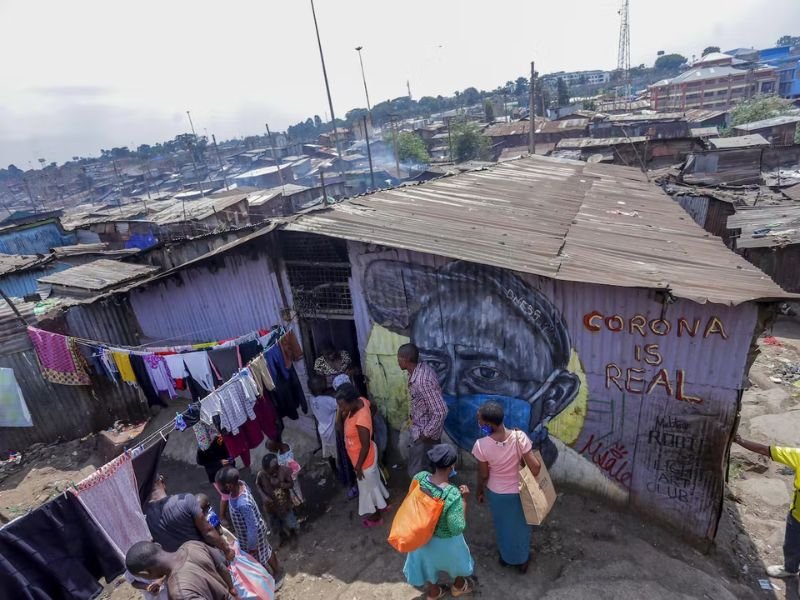The 27th Conference of the Parties (countries) to the United Nations Framework Convention on Climate Change is known as COP27. The treaty was formed during the Rio Earth Summit in 1992, and 198 countries have ratified it. They decided to limit greenhouse gas emissions in order to avoid disastrous climate change.
Every year since then, the Conference of the Parties has been held in a different country. These conferences provide as a forum for international climate change treaties to be negotiated.
Because wealthy countries were responsible for the majority of greenhouse gas emissions, the first convention recognised that duty for action differed between developed and poor countries.
Despite modest successes, adherence to these conventions has not resulted in the action required to alter the direction of global climate change. According to the most recent Intergovernmental Panel on Climate Change assessment, global average temperatures have already risen by 1.1°C above pre-industrial levels, and warming of more than 1.5°C is all but certain unless severe action is taken.
Climate change affects everyone, but certain people and regions are more vulnerable than others. Climate change will have the greatest impact on West, Central, and East Africa, South Asia, Central and South America, Small Island Developing States, and the Arctic. People living in informal communities will suffer the most.
Climate change vulnerability is influenced by social, political, and environmental factors. Climate change has already caused loss and harm in African countries. Food production, economic productivity, and biodiversity, for example, have all decreased, and more people are at risk of dying as a result of climate change in African countries.
The COP27 is particularly significant since it is where decisions on how to respond to climate change are made.
Treaties on Climate Change
Three international treaties on international climate change cooperation have been adopted. They resulted in the formation of many bodies, all of which meet under the auspices of the COP. Despite the fact that COP theoretically only refers to the parties to the UN Framework Convention on Climate Change, it is where they meet, discuss, and review progress.
The UN Framework Convention on Climate Change was the first treaty.
The Kyoto Protocol, formed in 1997, was the second. Countries made agreements to cut greenhouse gas emissions. The Kyoto Protocol was founded on the notion of shared but distinct responsibilities. It accepted that industrialised countries should and should take greater responsibility for reducing emissions due to their higher levels of economic development.
The third and most current treaty is the Paris Agreement of 2015. It addresses climate change mitigation, adaptation, and financing, with the goal of keeping temperature rises to less than 2°C over pre-industrial levels. All signatories must create a non-binding strategy for climate change mitigation, including emission reductions. They must also report on their progress.
The Paris Agreement’s non-binding nature is a major flaw. Furthermore, the commitments are self-determined. According to a recent analysis, even if all countries met their promises, it would not be enough to keep warming below 2°C.
As the global impact of climate change grows, it is critical to understand and participate in these processes. One of several climate impacts is the rise in world average temperature. Others include an increased risk of droughts or floods, as well as increased storm and wildfire intensity.
As temperatures rise, the frequency of climate events will climb. There is an urgent need for action to keep global warming below 2°C. Temperature increases of greater than 2°C will have irreversible climate effects, such as sea level rise, and will affect significantly more people than a 1.5°C increase.
Climate Change Reactions
Three policy topics have arisen in response to climate change.
The first step is mitigation, which is the reduction of greenhouse gas emissions in order to stabilise the climate. Mitigation strategies include switching from fossil fuels to renewable energy sources and developing electrified public transportation to replace private vehicles driven by combustion engines.
The second category is adaptation, which refers to activities that promote climate resilience and reduce vulnerability. Improved water management and conservation to lessen the danger of drought are examples, as are programmes to promote food security and biodiversity support.
The final policy category addresses loss and damage. The term “loss and damage” refers to “the economic and non-economic costs associated with slow-onset and extreme weather events caused by global warming, as well as the instruments and institutions that identify and mitigate such risks.” Interventions to address loss and damage may include risk management assistance and financing, which is frequently portrayed as climate reparations.
Climate policy recognises and incorporates mitigation and adaptation. They also have financial mechanisms under international treaties, even if current obligations to these mechanisms have not been fulfilled in practise, particularly when it comes to adaptation. However, loss and damage have received significantly less consideration in international treaties and discussions.

Emphasizing loss and harm
In 2013, the Warsaw International Mechanism on Loss and Damage was developed to provide a framework for dealing with loss and damage. It attempts to improve stakeholders’ understanding of risk management approaches, boost coordination and conversation across stakeholders, and increase action and support.
The subject of loss and damage was included in the Paris Agreement, although with no particular requirements. The Santiago Network was established during COP25 negotiations to avert, minimise, and address loss and damage for developing nations, however it focuses mostly on technical aid rather than financing. The Santiago Network will be funded at COP26 (in 2021), although the institutional framework has not yet been finalised.
Loss and damage were identified as critical issues to be addressed at COP26. Some encouraging steps were taken, such as Scottish First Minister Nicola Sturgeon’s pledge of £2 million toward a loss and damage finance programme. However, many wealthy countries opposed this.
The discussions resulted in the idea to create the Glasgow Finance Facility for loss and damage. However, the decision’s wording was amended at the last minute to the Glasgow Dialogues, which committed to examining funding mechanisms for actions to avert, minimise, and remedy loss and damage. In the short term, this shift has delayed any genuine financial assistance for loss and damage.
This was highly disappointing for poor nation parties, who will be fighting for extra funding for loss and damage at COP27, as well as holding other countries accountable for the unfulfilled US$100 billion yearly commitment to climate finance.
Many climate activists in the global south believe that if a finance facility for loss and damage is not mentioned at COP27, the summit will be a failure.
The Discussion
Don’t Forget To Follow Us On Facebook | Instagram | Twitter | LinkedIn To Get The Latest Updates From Cape Town Tribune










